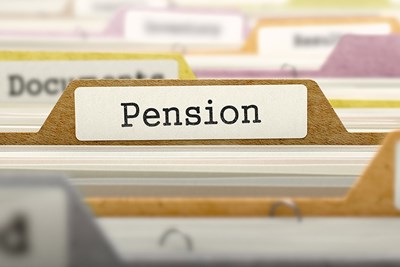Government pension plans are sometimes considered the best retirement plan on the market. There are many different kinds, but we’ll be going over 457(b) government pension funds. These programs are designed to allow government workers to have a future nest-egg where they can retire comfortably.
Similarities to a 401(k)
The 457(b) plan is similar to the 401(k) plan offered in the private sector because you can only defer a certain dollar amount each year. The amount you can save is linked to the cost of living. For example, your contribution limit could be $18,000. Or you may have the ability to make Roth contributions to a retirement account to earn interest and tax-free earnings in retirement. It differs from plan to plan.
It’s also similar to the 401(k) because of catch-up provisions that allow workers older than 50 to put away extra money each year. The additional money allows the 457(b) owner to catch up on contributions to create an adequate government pension fund for the future.
Should there ever be an emergency, you may also have the ability to take an unforeseeable emergency withdrawal as long as certain qualifications are met. Some examples of why someone may take out an emergency withdrawal include medical expenses, foreclosure or eviction from your home, or funeral expenses for a spouse or dependent.
Unique 457(b) Qualities
Unlike a 401(k), this government pension plan has extra benefits. First of all, for the first two years before the normal retirement age, the beneficiary can contribute extra money. This allows the 475(b) to defer more than a 401(k) plan. If the retirement age is 50, someone can start saving extra money at the age of 48.
Unfortunately, 457(b) government benefits rarely match employee contributions like a 401(k) may. If they do, it counts toward the maximum contribution amount. This year, the limit is $18,000 and the employer contributed $1,000, so the employee could only add another $17,000 for that year.
The deferrals into your 457(b) are tax-deferred, but you’ll have to pay income tax when it comes time to withdraw your government pension fund. You may be eligible for a tax credit called a Saver’s Credit for elective deferrals contributed to your account.
Various Plans
Not every 457(b) is a government pension plan. Certain non-governmental tax-exempt entities may establish 457(b) deferred compensation that operates under different rules and cannot be transferred into a government pension plan.
Investing in a 457(b)
A 457(b) works similar to other retirement programs in the way that you enroll, invest, and then receive your income once you’ve reached a certain age. Enrolling in the plan is usually done automatically when you accept a government job. Each time you get paid, you’ll see a deduction on your check that will go into your 457(b) account.
There are a number of investment options, but there’s no guarantee that any fund will achieve its investment objectives. When you retire, you’ll begin to receive taxed income that helps you live your life after retirement.



